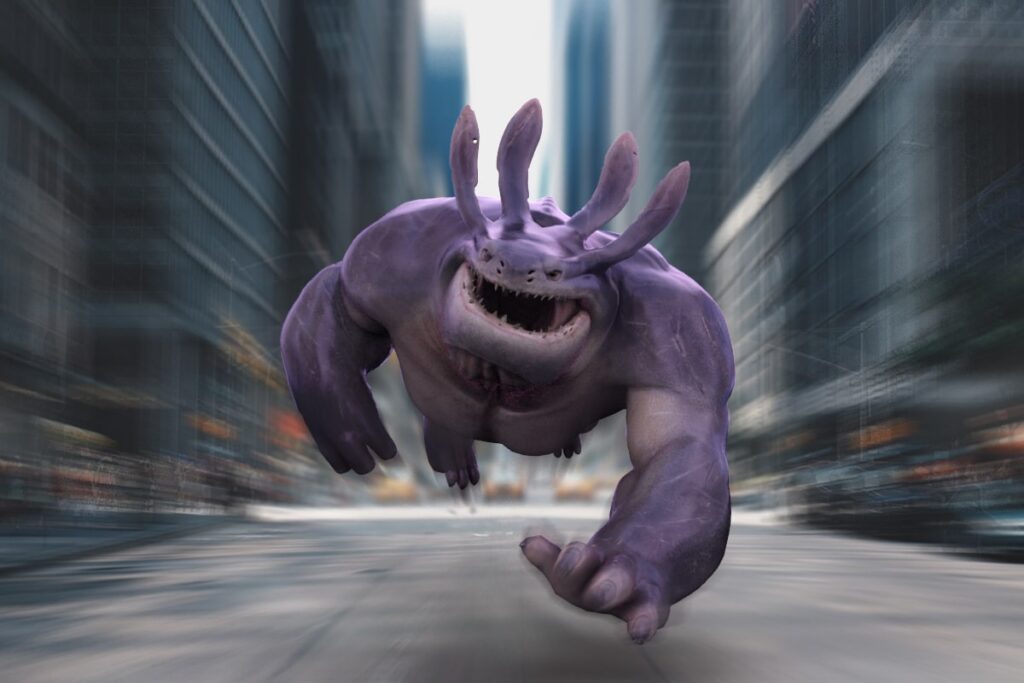Animation and motion graphics are two dynamic forms of visual communication that play vital roles across creative industries. While both involve movement and visual storytelling, they differ in purpose, technique, and artistic intent. Understanding these distinctions helps aspiring artists and designers choose the path that best aligns with their creative goals and professional aspirations.
Animation
Animation is the art of bringing static images, drawings, or digital models to life through movement. It encompasses a wide variety of techniques—from traditional hand-drawn methods to sophisticated 3D computer-generated imagery (CGI). Each frame represents a moment in motion, and when played in sequence, these frames create the illusion of life and fluidity.
Types of Animation
Animation comes in several forms, each offering a unique visual style and creative approach. Here are the main types to know:
-
2D Animation: Traditional 2D animation involves drawing each frame by hand to create fluid motion. It’s commonly used in cartoons, films, and commercials.
-
3D Animation: This modern technique uses computer-generated imagery to produce lifelike characters and environments. It’s the foundation of today’s animated films, games, and visual effects.
-
Stop Motion Animation: Created by photographing physical objects frame by frame, this tactile style is often used in claymation and puppet-based projects.
Applications of Animation
Animation is used in a wide range of industries and creative projects. Some of its most common applications include:
-
Entertainment: Films, series, and video games rely on animation to tell engaging stories.
-
Advertising: Animated ads effectively capture attention and communicate brand messages.
-
Education: Animation simplifies complex topics through clear visual storytelling.
-
Training: Animated simulations help with instruction and employee development.
Motion Graphics
Motion graphics focus on animating design elements—such as text, icons, and shapes—to communicate messages and information. While animation often tells stories, motion graphics emphasize visual communication and branding. This makes them ideal for marketing, corporate videos, and digital presentations.
Characteristics of Motion Graphics
Motion graphics have distinct traits that set them apart from traditional animation. Understanding these features can help you use them more effectively:
-
Typography: Text animation plays a key role, emphasizing important ideas or brand messages.
-
Visual Effects: Smooth transitions and overlays enhance the design and flow of motion pieces.
-
Data Visualization: Graphs and statistics become more engaging when brought to life through animation.
-
Minimalist Design: Simple, clean layouts maintain focus on the content being presented.
Applications of Motion Graphics
Motion graphics are versatile tools used across multiple creative and professional fields. They are especially effective in:
- Title Sequences: Setting the tone for films or TV shows.
- Explainer Videos: Simplifying complex topics in an engaging, easy-to-understand format.
- Social Media Marketing: Creating attention-grabbing visuals for online audiences.
- User Interface Design: Adding movement and interactivity to apps and websites.
Animation vs. Motion Graphics: The Core Difference
Although animation and motion graphics share similarities, their goals differ. Animation focuses on storytelling, character emotion, and cinematic expression, while motion graphics prioritize clarity, communication, and visual impact. Animators bring stories and characters to life; motion graphics artists use movement to inform and persuade.
Conclusion
Both animation and motion graphics are powerful media for creative expression and communication. Choosing between them depends on your artistic goals—whether you want to tell stories through characters or design impactful visual messages.
To develop your skills further, consider exploring the NYU Animation Industry Essentials online course and certificate program by Yellowbrick, which offers valuable insights into the world of animation and motion design.
Key Takeaways:
- Animation involves bringing static images to life, while motion graphics create dynamic visual content.
- Animation styles include 2D, 3D, and stop motion, used in entertainment, advertising, and education.
- Motion graphics often involve text, shapes, and graphical elements in motion, used in film and TV titles, explainer videos, and social media marketing.
- Understanding the difference between animation and motion graphics can guide career paths in the visual arts and design industry.
Consider enrolling in the NYU Animation Industry Essentials online course and certificate program offered by Yellowbrick to further develop your animation expertise and kickstart your career in this dynamic field.








